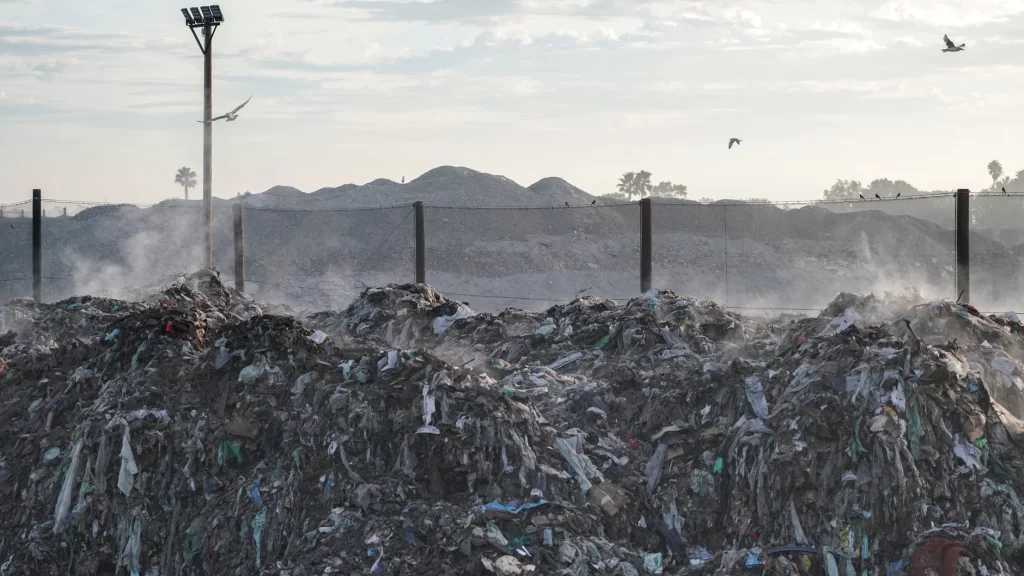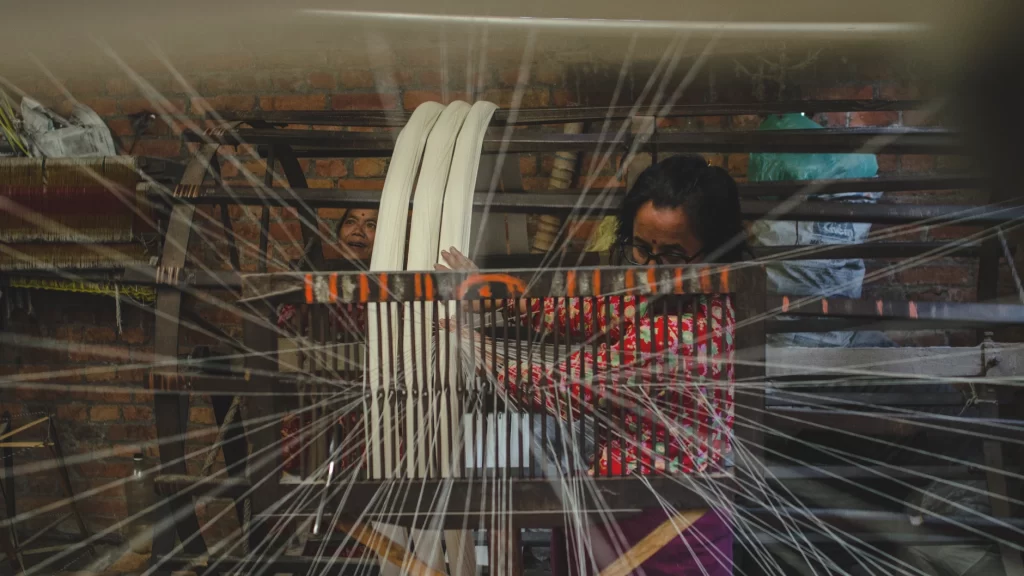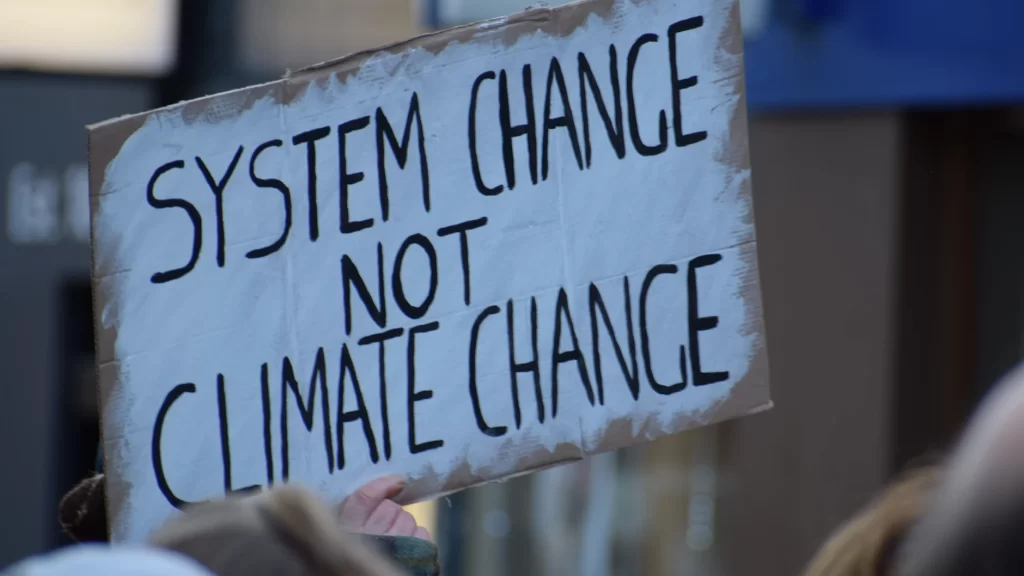Nine years ago, today, on the 24th of April 2013, the Rana Plaza factory, in Dhaka, collapsed. 1,138 people were killed and over 2,500 were injured. In the aftermath of this disaster, the movement called Fashion Revolution was born in the UK. Today, Fashion Revolution is an organization with a global presence, advocating for a more ethical, transparent fashion industry. Fashion sustainability is fast emerging a KRA for homegrown brands, and a USP for social media fashion influencers. But it needs to be a far more substantial conversation. Especially for India. And here’s why…

India’s carbon emissions are disproportionately high
India’s per capita footprint is one of the lowest in the world—the main reason India got a free pass at Kyoto and Paris—and yet, India is the third largest carbon emitter in the world. With an emission rate of 666 million tonnes per year, it comes in only after China and the United States, according to the Global Carbon Project 2021 report. According to Euromonitor International, 6 billion units of apparel were sold in India, in 2017. Again, third in line only to China and the US.
Five apparel units per person may not seem like much, but when you juxtapose it against the per capita income and the spending power of the average Indian, you get quite another story. And this story is what poses the biggest challenge for fashion sustainability: A handful of people are buying way too much, and those who are not, are the ones really suffering. It is the most marginalised, the ones without the purchasing power who live downstream, where the rivers flowing out of our cities are most polluted, and where the landfills are!
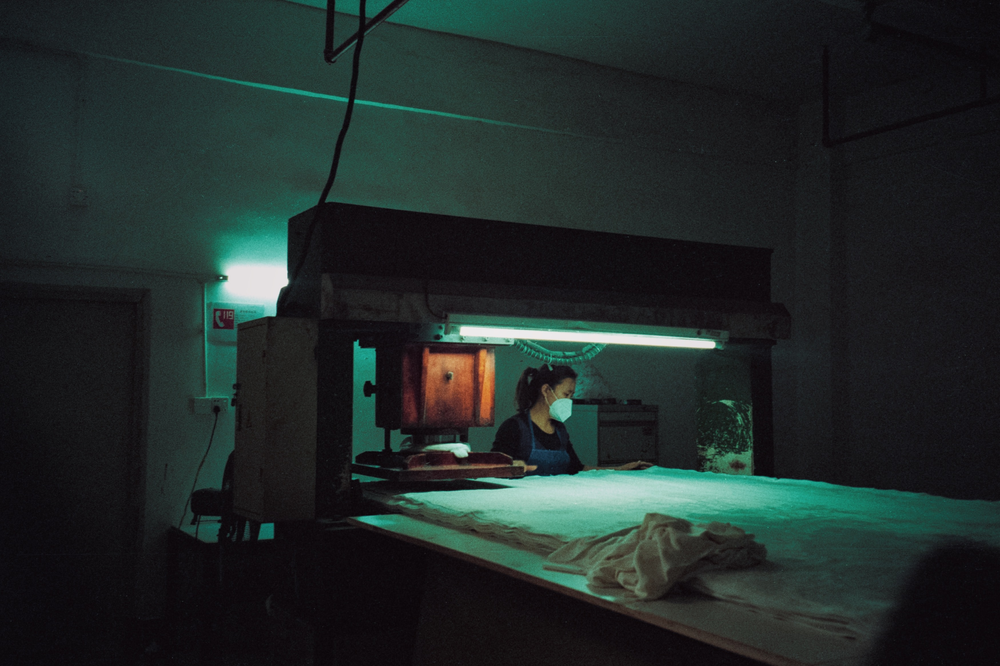
The Indian fashion industry is one of the largest
India is the sixth largest exporter of textiles and garments, globally, supplying 95% of the world’s handwoven fabrics. The Indian fashion industry is also the second largest employer in the country, with 45 million people employed directly in the production of textiles and garments, and 100 million people working in allied industries.
Most of these workers, who create apparel for fast fashion brands work in abysmal labour conditions and in sweatshops, with poor ventilation and amenities. They are underpaid and overworked, abused and invisible, with stories abound of gender-based violence and sexual harassment.
During the pandemic, an estimated 7,12,000 of these garment workers lost their jobs—more than in any other country. According to reports, 77% of global garment workers had experienced hunger, while 4,00,000 garment workers from Karnataka had not been paid their dues, during 2020-21. Rana Plaza was not the first major disaster, nor was it the last. It may not have happened in India, but it was close enough. If it isn’t a wake-up call to change a global system that has been failing our people, what is!
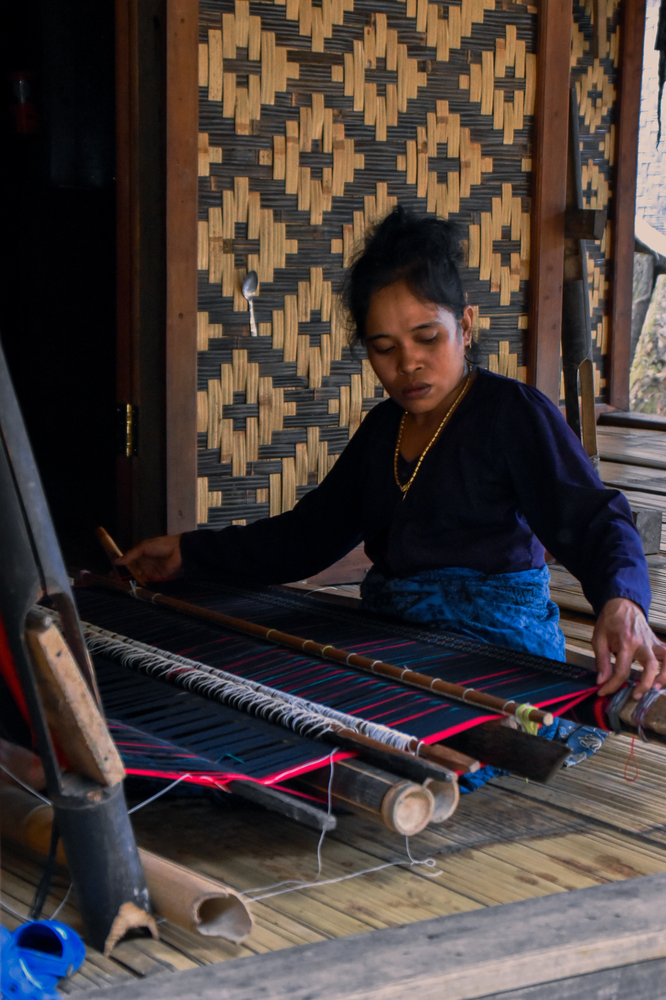
Indigenous crafts and traditions
Over the last few years, I have been following small businesses, from across the world and the work they’ve been doing. A staggering number of ethical brands in the Global North are run by women of colour, who turn to their roots for not just inspiration but for actual sourcing of their fabrics and even finished products.
Like Aja Barber points out in her book, Consumed, as have numerous other slow fashion advocates, indigenous craft techniques and traditions have evolved in harmony with the environment. Our weavers and artisans (who, incidentally, are also garment workers, and though they are not trapped in sweatshops, they are stuck in the cycle of systemic poverty caused by our own preference of fast fashion over the fabrics and garments crafted by them) combine natural fibres and low-impact production processes to create one-of-a-kind garments. What could possibly be more desirable than that!
There is a reason Indian garment workers make up almost 50% of the workforce of the fashion industry: Cheap labour, and no accountability. Over the years, we have come to look at foreign investment as some kind of gold medal to be proud of, without looking into what it’s really doing to us and to our people. When a multinational ‘invests’ in India, by moving their manufacturing here, what they’re really doing is outsourcing their exploitation and pollution. If producing in India is more lucrative to them in spite of the fact that their manufacturing is taking place halfway across the world, what is the true cost?
The fast fashion industry has been systemically destroying local crafts and the artisans who create them. When you buy local, not only are you lowering your fashion footprint, you are also helping to revive our crafts and the livelihoods of our people.
Of course, there is an entire system to be subverted, and it cannot happen overnight, but change has to come from within each one of us. From those of us who believe it’s just one T-shirt, when we step into a Zara or an H&M store. As an aside, H&M entered the Indian market as late as 2015, and as of today, they have 148 factories (besides 83 suppliers) in India, but only 48 stores—so yeah, good enough to exploit but not their TG really!
I know it’s a long shot, but if we’re to get anywhere close to being carbon neutral by 2050 (the PM said 2070, but we’ll probably be dead by then, if we don’t act faster!), we have to divest the fashion industry from the fossil fuel industry. Like, c’mon, polyester has never really been our thing anyway, besides being so unsuited to our weather! We need to get talking about fashion sustainability. And then, we need to put our money where our mouths are!

